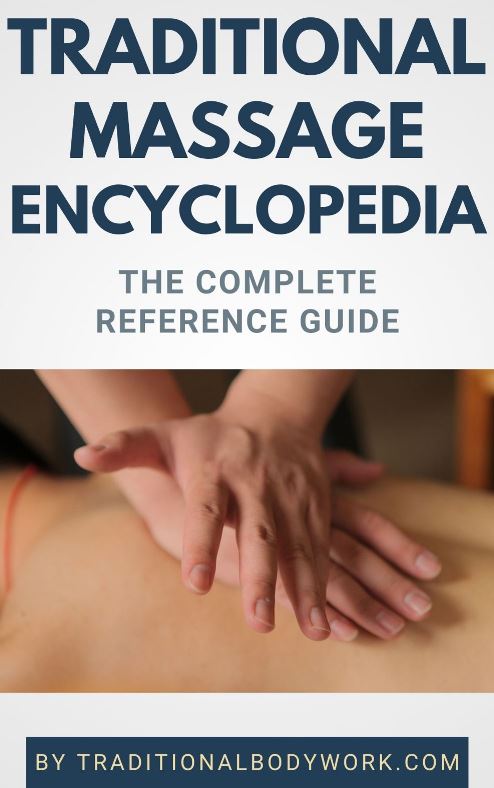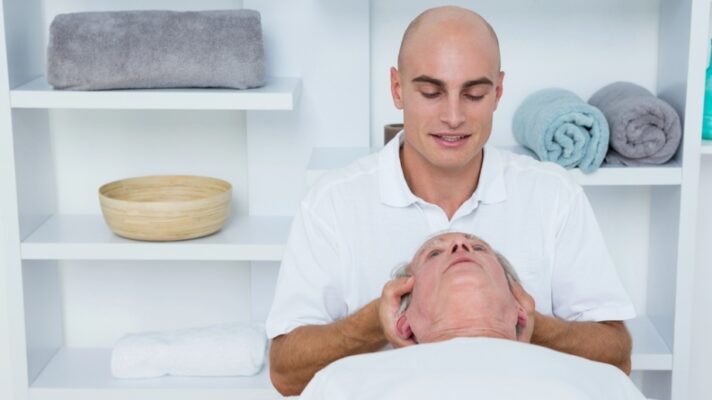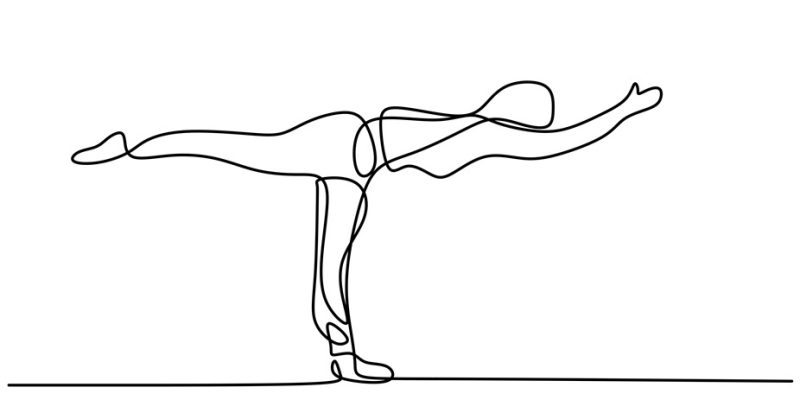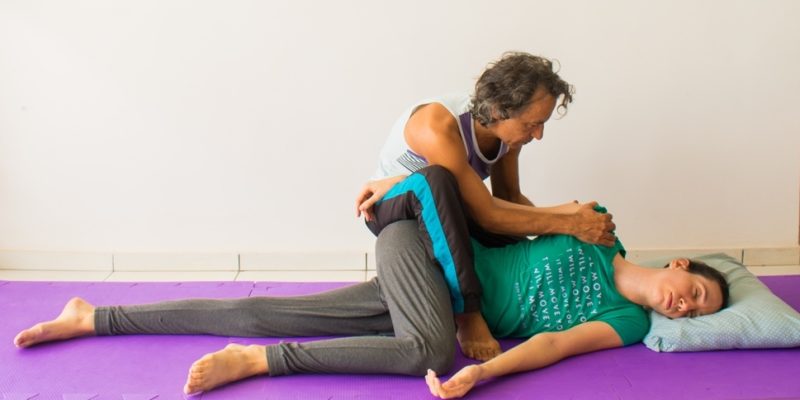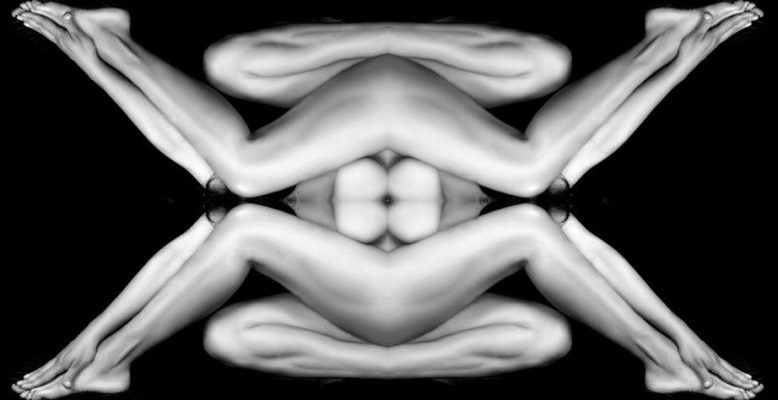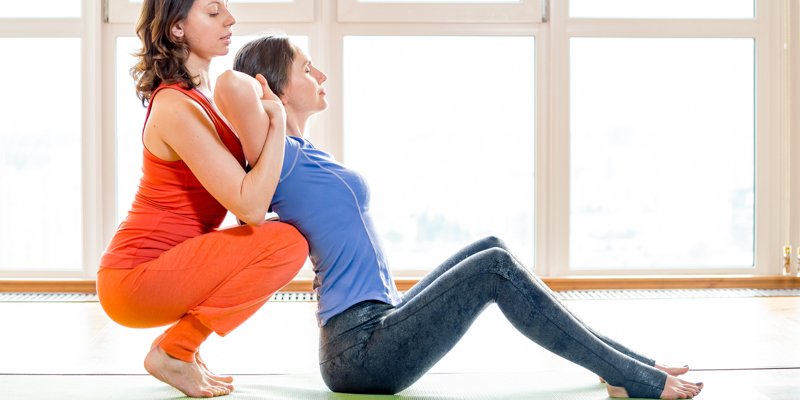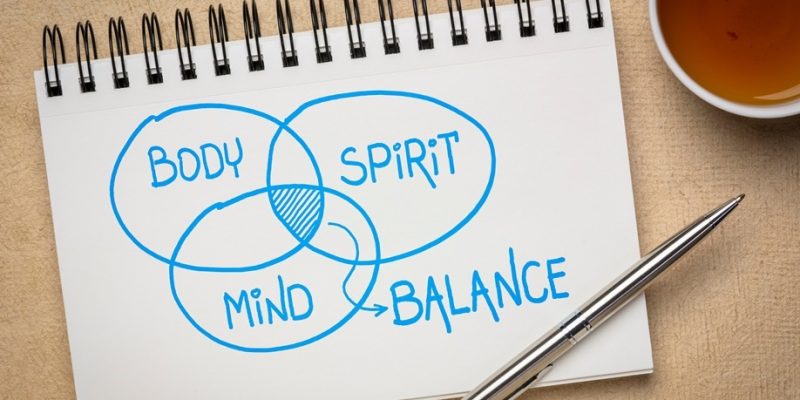
Job and Lifestyle Assessment in massage and bodywork therapy involves taking into account the kind of job and lifestyle (behavior) a client has in order to understand how that may affect the client and more in particular — how that relates to the client’s complaints.
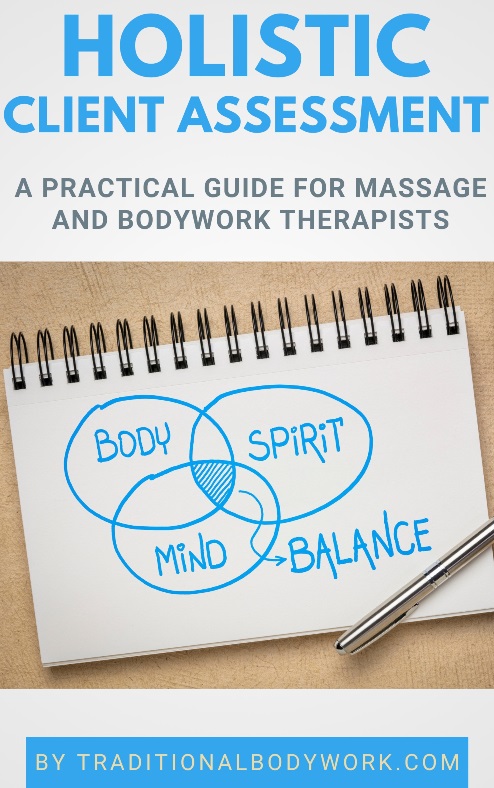
But first this: mind that Job and Lifestyle Assessment is part of the broader therapeutic approach of Holistic Client Assessment in massage and bodywork, which covers domains such as Intake Assessment, Body Balance Assessment, Body Talk Assessment, and Psychosomatic Assessment, among other aspects.
Now, a client who visits a massage therapist or bodywork professional out of therapeutic motives typically experiences one or more physical complaints, but usually there is also “collateral damage” on the psychological, mental, and spiritual level.
Assessing the client’s job and lifestyle is an important part of the therapist’s work and involves minutely considering the various activities in the client’s job or occupation (the type of regular work somebody does, not necessarily paid work) together with their lifestyle, because these two aspects are often closely interrelated. That is, the job someone occupies and the activities involved in it often also define or guide many aspects of their lifestyle.
Types of Jobs – Physical and Mental Strains
The work somebody does usually takes up a substantial part of their days and their week, and it typically causes certain kinds of repetitive strains on the body (and mind).
Think of sitting for hours behind a desk in an administrative job, or standing for many hours in a hair salon, talking the whole day long on the telephone in a call center, carrying a baby all day long, or continuously running about picking parcels in a warehouse, and so on.
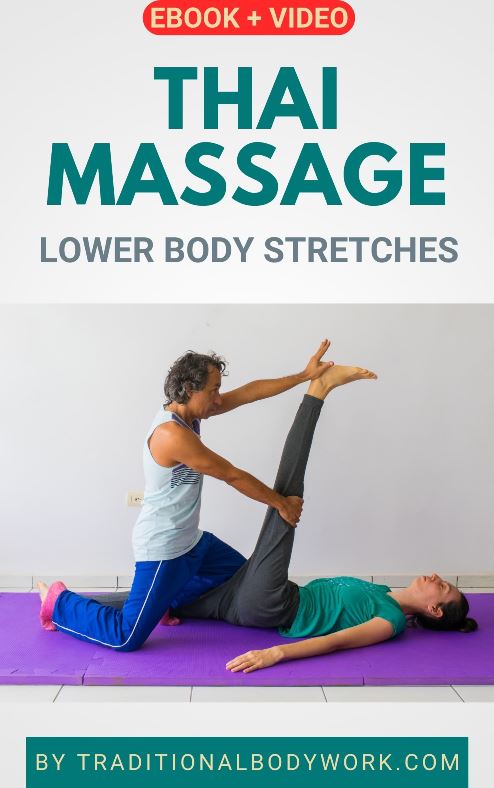
People who need to carry a lot in their jobs or occupations, or those who need to bend and lift a lot like workers who pave streets, may experience significant strain for their backs. Other jobs may cause strain for the eyes, neck and shoulders like when working behind a computer screen for the greater part of the day. These are just some examples of many more, of course.
Another issue here is when people don’t like their jobs. This puts emotional strain on the person which in the long term typically causes psychosomatic effects. That is, a physical illness or discomfort that can be caused or aggravated by a mental or emotional factor such as internal conflict or stress.
In any case, it’s important for the massage therapist or bodywork professional to understand how a certain job can affect the posture, bones, joints, muscles, and circulatory system of the client, and how that may cause fatigue or pains, or other structural complaints. It gives clues to the therapist about what parts of the body need special attention in the actual treatment plan.
In addition, therapists can help clients by making them understand where their complaints originate. This can support clients in taking better care of their bodies while doing their jobs. It could mean that they perhaps need another chair or desk at their work, maybe take more breaks, stand-up and stretch during those breaks, or lift less weight in one go or lift in a different way, work less hours or maybe even change their jobs.
Apart from proposing ways to alleviate or avoid certain strains, the therapist may also suggest exercises that strengthen specific parts of the body to be better able to perform a task. For instance, somebody who lifts a lot in their job may benefit from stronger quadriceps muscles (front thigh muscles) in combination with a different way of lifting to significantly reduce strains for the lower back.
Job Occupation Effects on Lifestyle
As said already, the type of job often also guides the lifestyle one has. For instance, many people are so tired from work that they come home and simply crash on the couch, instead of, for instance, going for much needed movement, stretches, and/or exercise for their bodies.
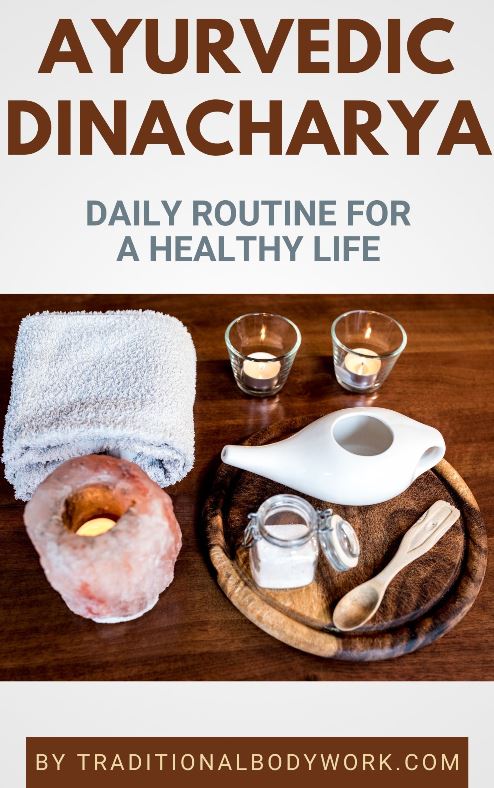
It often also means that people are too tired to do groceries and buy fresh products and/or cook for themselves, and instead just opt for some quick, maybe unhealthy fast food solution. Good nutrition is important for body and mind and it doesn’t help us to recover from strain or maintain our health when we eat unhealthy or too often the same (easy) thing.
People sometimes also tend to go to bed too late even if they’re very tired from their work, simply because they want to enjoy the little free time they have. This is only logical, but it doesn’t help physical and/or mental recovery and may only lead to much more fatigue and pains in the long term.
By contrast, many people stay very long (too long) in bed during the weekend (or other days they don’t need to work) instead of, for instance, getting up early and go outside into nature to benefit from a healthy environment for body and mind.
Afflictions in Sedentary Jobs
Sedentary jobs — jobs that involve very light movement and are done mostly sitting — tend to create shortened hamstring muscles (back thigh muscles) because of the arrangement of the legs, which can cause low back pains.

Good sitting positions, supported by a good chair, appropriate desk height, and comfortable distance to the computer screen or other working tools are equally important to avoid strain on the back, neck, and shoulders.
Another issue is that people tend to have the arms in front of them for very long periods (like typing on a keyboard, or steering the wheel of a taxi or truck), which — in the long term — causes shortened pectoral muscles (breast muscles) which again can cause Rounded Shoulder Syndrome, neck and shoulder pains, and a reduced range of motion of the arms and shoulders.
Work done sitting also often involves repetitive work done with the hands, wrists and arms, such as prolonged typing or use of the mouse, guiding a steering wheel, or repetitive work on an assembly line, and so on. This may cause what is called Repetitive Strain Injury aka RSI.
In a more general sense, sitting for prolonged periods reduces the blood circulatory system, diminishes joint and muscle movement, and makes one sluggish and tired, which can lead to immune system issues and a general feeling of “lack of energy.” In fact, there’s an old saying here that is quite applicable: “If you don’t use it, you’ll lose it.”
As a whole, it’s important that people with sedentary jobs move a lot and mobilize their joints and muscles in their “free time,” that is, outside their working hours. And if possible it’s advised to also build-in plenty of moments during working hours to get up, stretch, warm-up, and move around.
Afflictions in Physically Active Jobs
Physically demanding jobs, that is, jobs that need lots of muscle power or physical energy may create their own issues.

I talk about job occupations like furniture movers, warehouse workers, nurses, street pavers or construction workers, well, any kind of work that needs strong arms, hands, legs, shoulders, breasts, and/or backs, and in a more general sense — physical endurance.
These kinds of jobs tend to strain specific body parts — at first making them stronger, but sometimes in the long run causing them to be overworked, tired, painful, or even completely dysfunctional.
Clients in these types of job need to take extra care of their bodies and the affected body parts by engaging in very regular stretching and relaxation of their bodies, while also making sure to have plenty of physical rest.
It’s also important to try to find ways to alleviate heavy burdens by using appropriate tools and techniques that can help them in lifting things, or by using back and spinal support belts, and/or wearing good walking/working shoes, to give some examples.
In Conclusion
Understanding the activities in a client’s job or occupation and the characteristics of their lifestyles can help bodywork and massage therapists to better address the origins of the client’s physical and/or emotional complaints.
This in turn helps therapists to design appropriate bodywork or massage treatment plans, knowing what body parts need extra relaxation, or by contrast — need more exercise and strengthening.
In addition, it also gives therapists opportunities to support clients in helping them to find a better work-life balance, propose tools and equipment at the workplace that may help alleviate their issues, make them aware of taking better care of those aspects that need attention such as moving more or stretching more, doing more exercise or strengthening, or avoiding prolonged repetitive movements, and so on.

